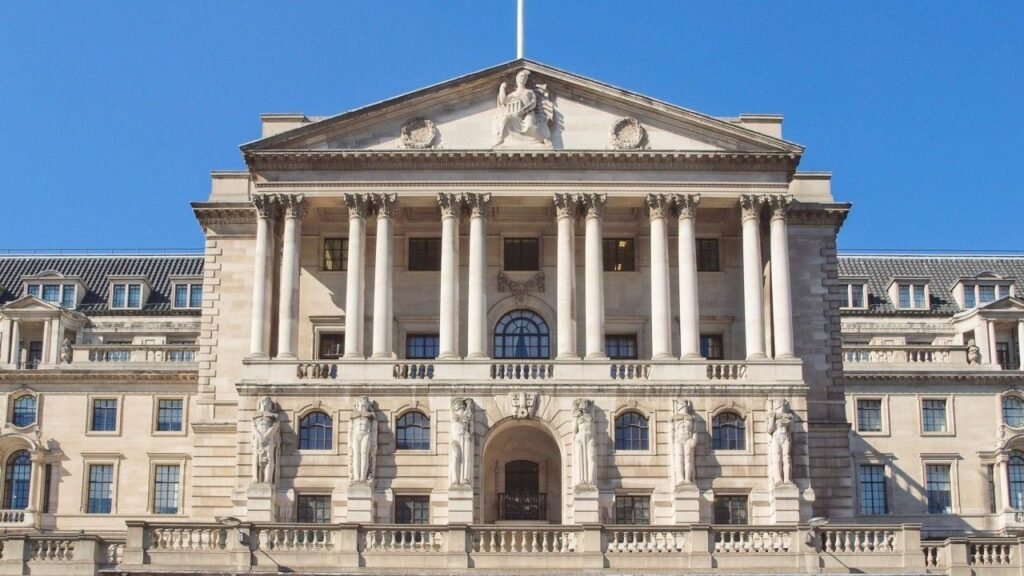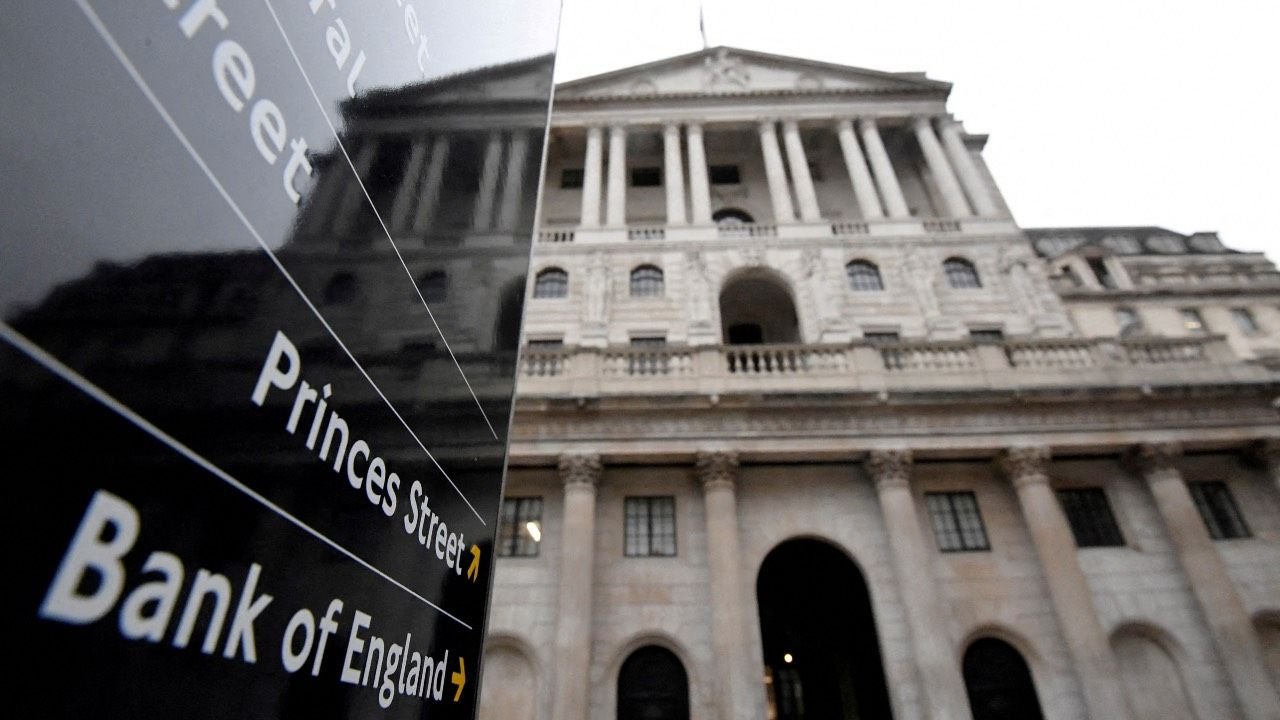The Bank of England has chosen to keep interest rates at 4%, pausing after several cuts made earlier this year. Inflation stood at 3.8% in August, almost double the official target of 2%, and this remains a key concern for policymakers. By holding rates steady, the Bank aims to prevent further inflationary pressure while giving the economy time to adjust. This decision also reflects the uncertainty in the wider economy, where growth is weak and the job market is showing signs of strain.
Why the Decision Was Made
The Monetary Policy Committee, which decides the country’s interest rates, voted 7–2 in favour of keeping borrowing costs unchanged. Two members pushed for another small cut, but most believed a pause was necessary at this stage. Governor Andrew Bailey explained that although inflation is expected to fall gradually, there is still a risk of setbacks, which means interest rate cuts cannot be rushed. At the same time, unemployment has risen to a four-year high, and employment growth has slowed to zero, which shows that households and businesses are under pressure.
Slowing Down Bond Sales
Alongside the decision on interest rates, the Bank of England also revealed changes to its bond reduction strategy, known as quantitative tightening. This process involves selling government bonds that were originally purchased during times of crisis, such as after the 2008 financial crash. The aim is to reduce the size of the Bank’s balance sheet, but selling bonds too quickly can make government borrowing more expensive and create instability in financial markets. To avoid these risks, officials have chosen to slow down the pace of this program.
New Plan for Bonds

Previously, the Bank had a goal of cutting its bond holdings by £100 billion within a year. This target has now been reduced to £70 billion to ease pressure on the market. However, despite the smaller target, the actual number of bonds sold will increase to around £21 billion over the next year, compared to £13 billion in the current year. This is because fewer bonds are due to mature naturally, which means the Bank must sell more directly. The new approach is designed to strike a balance between steadily reducing its holdings while protecting the stability of the gilt market, which plays a central role in government financing.
Market Reaction
The decision to hold interest rates and reduce the scale of bond sales was widely expected by investors and traders. Financial markets had been concerned that aggressive bond sales would push yields higher, raising the government’s borrowing costs and unsettling investors. Chancellor Rachel Reeves welcomed the Bank’s revised plan, saying that cooperation between the Bank and the Debt Management Office is important to protect the government’s wider financing needs. For the Treasury, the cost of borrowing has already risen sharply, making it harder to manage public finances.
Impact on the Economy
The UK economy is facing a challenging environment with both inflation and weak growth weighing heavily. Rising borrowing costs mean that the government has less room to spend on public services, while businesses and households also face pressure from higher loan and mortgage repayments. The Office for Budget Responsibility has already warned that the chancellor may find it difficult to meet her fiscal rules as debt costs climb. On top of this, global bond markets have been unstable, and the Bank of England has warned that these conditions could make quantitative tightening more disruptive than first expected.
What Happens Next
The Bank of England remains confident that inflation will eventually return to its 2% target, but its cautious approach highlights how fragile the economic outlook is. By keeping interest rates steady and slowing the pace of bond sales, the Bank hopes to avoid sudden shocks while still working towards long-term stability. The next few months will be crucial in testing whether inflation continues to fall and whether the economy can withstand the pressure of higher borrowing costs. Policymakers have made it clear that any future changes to interest rates will be gradual and carefully managed to protect both households and markets.

